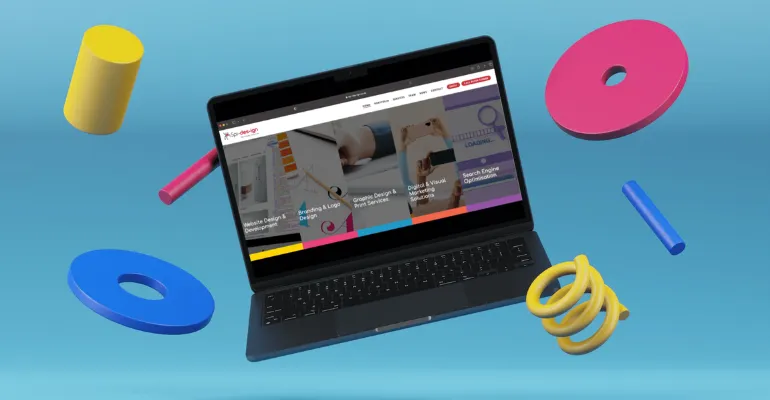Unlocking New AI Implementation Possibilities in Flutter
The integration of AI in Flutter is an ever-evolving field, opening doors to new possibilities and innovative solutions. Here’s how developers can unlock the full potential of AI implementation in Flutter mobile development:
Developing Custom AI Models:
Pre-trained Models: Many pre-trained AI models are available for various tasks such as image recognition, natural language processing, and machine translation. These models can be fine-tuned for your needs and quickly integrated into your app, saving time and resources.
Cloud AI Services:
Diverse Functionalities: Cloud AI services cover various AI functionalities, including speech recognition, language translation, facial recognition, and more, offering a one-stop solution for diverse AI needs.
On-Device AI:
Privacy and Offline Support: On-device AI ensures that all AI processing happens directly on the user’s device. This not only ensures data privacy but also allows the app to offer AI functionalities even in offline mode.
The Flutter ecosystem is rich with plugins and packages designed to simplify the integration of AI functionalities. These tools encapsulate complex AI operations, making it easier for developers to harness the power of AI without diving deep into the intricacies of machine learning or data science. Here’s a look at some of the standout AI plugins and packages available for Flutter:
Resourceful Links and Packages:
Flutter Gems: A curated package guide for Flutter which offers a dedicated section for machine learning. It lists various packages that cater to different AI functionalities, providing developers with a one-stop resource for AI integration.
Image Picker: Allows developers to capture images using the device’s camera or gallery, which can then be processed using AI for tasks like image recognition or object detection.
Speech to Text: Allows apps to convert spoken words into text, paving the way for voice-activated functionalities.
By leveraging these resources, developers can focus on crafting unique and engaging user experiences without getting bogged down by the complexities of AI algorithms.
Conclusion
The fusion of Artificial Intelligence with Flutter signifies a transformative shift in the world of mobile app development. As we’ve delved into, this integration is not merely about introducing advanced features; it’s about redefining the core essence of mobile applications. With AI, apps evolve from being simple tools to intelligent entities that understand, adapt, and grow alongside their users.
At What the Flutter, we recognize the potential of AI-Flutter integration. Our team of experts is dedicated to harnessing this power to create cutting-edge mobile solutions tailored to your business needs. Whether you’re looking to innovate your existing app or embark on a new project, our expertise in Flutter and AI ensures that your vision is brought to life with precision, innovation, and excellence.














